Cable Based Lifeline Systems
12.07 (1) Subject to subsection
(2), an employer must provide or put in place a fall-protection system if work is to be performed
- (a) from a structure or on a vehicle at a height of 3 m or more;
- (b) from a ladder at a height of 3 m or more if, because of the nature of the work, the person performing it is unable to use at least one hand to hold onto the ladder; or
- (c) at a height of less than 3 m if the surface onto which the person might fall would present a greater risk of injury than a solid, flat surface.
Horizontal Lifelines
- Common in work areas that lack existing anchor points for personnel tie-off
- Consists of a cable attached to two or more anchor points on a rooftop
Vertical Lifelines
- Allows movement up and down the height of the line
- No need to disconnect and find a new tie-off point while ascending or descending
Temporary Horizontal Lifelines
- These portable lifeline systems are used when the need for a fall protection solution is temporary or when employee access is needed in areas that require infrequent service.
Confined Space Lifelines
- A confined space is typically defined as a working environment with restricted means of entry and exit (an access point less than 24” in diameter)
- All confined spaces require OSHA approved safety equipment
Benefits of Cable Based lifeline Systems
- Using a cable based system allows for greater surface area coverage of your facility.
- Keeps employees safe, without restricting their mobility while working
- Reduces installation time and costs
- Easily accommodates the existing layout of your facility to allow workers to access every area where maintenance is required
Your Perfect Solution Awaits!
TYPES OF FALL PROTECTION
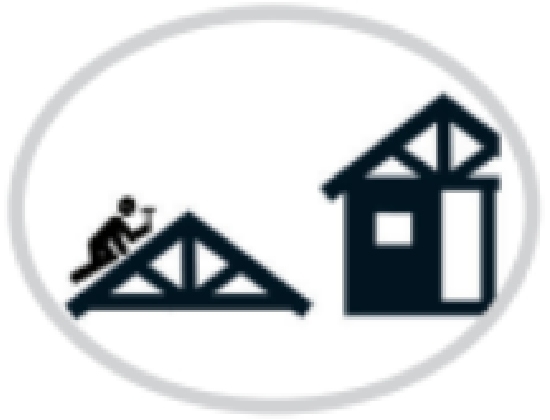
Hazard Elimination
Changing the work process so the hazard no longer exists (e.g., building a roof on the ground and hoisting it into place)
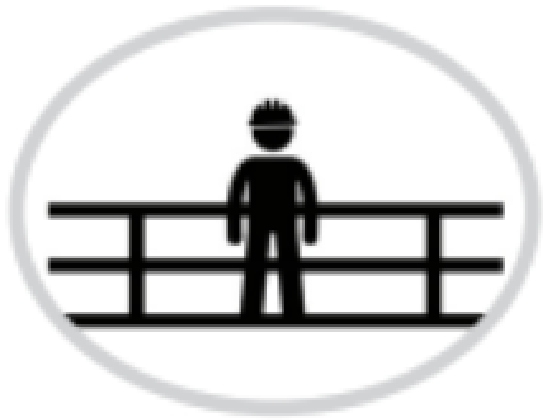
Guardrails, Protective Covers, and Warning Barriers
Prevents a fall from unprotected edges or openings at heights.
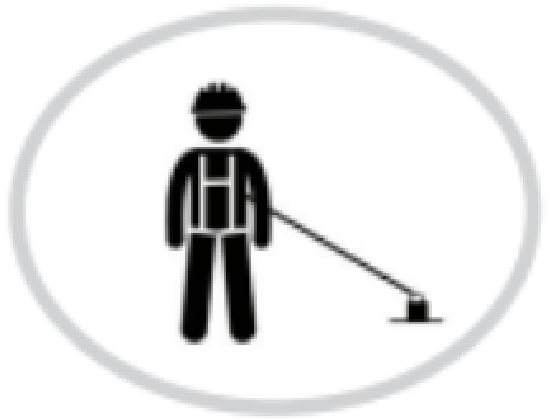
Travel Restraint System
Allows a worker to reach the edge of a fall hazard but not fall over it.
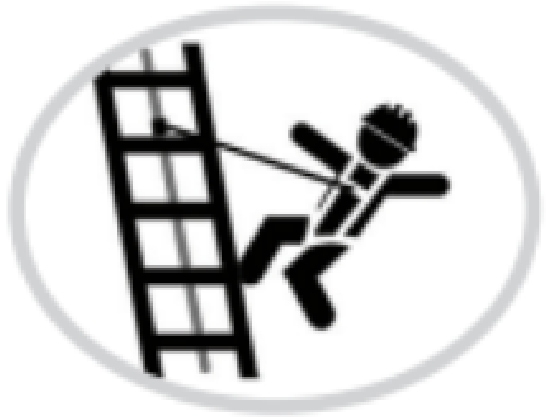
Fall Restricting System
Designed to limit a fall distance to 0.6 m (2 ft).
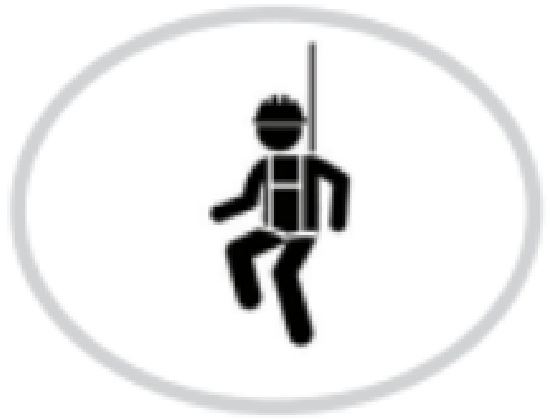
Fall Arrest System
Designed to stop the fall of a worker before they hit the ground or objects below.
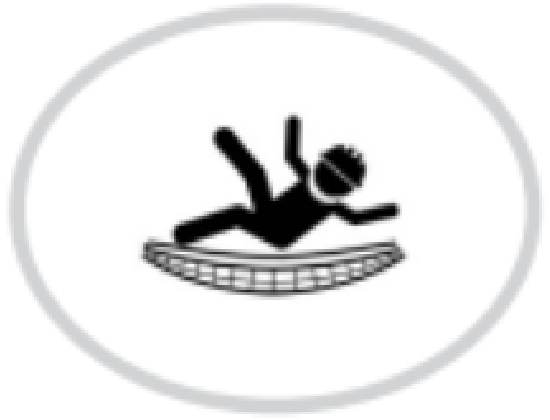
Safety Net
Designed to catch a falling worker before they hit the ground or objects below.
Passive Vs Active Fall Protection
When a hazard assessment is completed, and a need for fall protection is established, there are two general types of systems that can solve the need and keep the workers safe, passive or active fall protection.
Passive Fall Protection
Active Fall Protection
Fall Protection Guide
Check to see what federal & provincial regulations for working at heights and fall protection are and which RoofGuard systems help you comply.
Customer Service
Resources
Learn from the experts about safety topics related to working at heights, warehouse safety and ladder safety. Browse our resource library.


